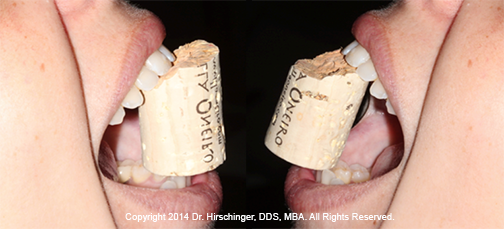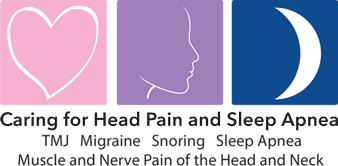Yes, I admit the title is somewhat misleading but not by much. What is missing is the word “first.” A dentist, or any physician, should not use Botox as a first choice to treat patients with chronic head and neck pain and/or headaches. I believe that if Botox is used, it should be used last. I do use Botox to treat patients in my private oral facial pain practice in Beverly Hills, CA but if I do use it, I use it last after I have tried other more effective and less expensive treatment options.
If the doctor suspects the cause of their patient’s pain is muscle pain, he/she should try several things before using a medication that might or might not work, that is extremely expensive, and that lasts for about three months. If the diagnosis is not correct and/or if the Botox does not work, the patient spent a lot of money, and the effect of the medication will last for several months.
What can be tried first? The first, and most important step is to establish a diagnosis. If the doctor can replicate the patient’s pain with muscle palpation, then a diagnosis of myalgia, which is muscle pain that does not refer to a remote site, or myofascial pain, which is muscle pain that does refer to a remote site, can be made. I recommend trying basic physical therapy that the patient can do at home. Basic jaw and neck stretching exercises are a great place to start, and I routinely give my Beverly Hills chronic pain patients a cork so that they know how wide they are actually stretching.

A cork is an excellent therapy device. It can be cut with a ramp to give the patient guidance to where they need to be stretching to help reduce their muscle pain. When the return for their follow up visit, they should be able to comfortably open the full length of the cork. If they cannot, they have not been doing their part to help themselves.
A standard cork is 45 mm and it can be cut down in case the patient cannot open that wide. In addition, the doctor needs to try to find what the patient is possibly doing to contribute to their pain. Are they clenching, and/or grinding their teeth? Are they doing an excessive amount of chewing such as using chewing gum? If they cannot stop the clenching habit on their own, I refer them to a pain psychologist who can help them identify what they are doing to contribute to their pain, and and the pain psychologist can do some cognitive behavior therapy to help make the patients aware of the bad habits that are contributing to their chronic pain.
Ethyl chloride should be tried in the office to see what effect that has on the patient’s pain. If it is beneficial, teach the patient how to use it and write them a prescription. I prefer the bottle to the can since the bottle is colder, and, I believe, much more effective. If you ask me what one “toy” I cannot live without to help my Beverly Hills orofacial pain patients, I would answer, “ethyl chloride.”
During this time a stabilization splint should likely be made. I prefer hard, full coverage appliances. Patients tend to treat soft appliances like a gummy bear by clenching and releasing, clenching and releasing, etc., which can actually increase their pain. Additionally, a nighttime muscle relaxer such as tizanidine or cyclobenzaprine can be considered.
If those steps have not helped reduce the pain, then I recommend trigger point injections using 1% lidocaine without epinephrine. Trigger points are not simply an injection of anesthetic into the muscle so a doctor should understand how to give trigger point injections if they want to treat chronic muscle pain. Epinephrine is myotoxic to muscles and should never be injected into a muscle. It is well known that plain lidocaine only lasts from two to four hours but a trigger point injection can provide pain relief for a week or even longer. The needle is repeatedly inserted into the muscle, which is called “peppering,” and it is the action of the needle that breaks up the pain mediators such as CGRP, Substance P, glutamate and others. If the trigger point injection helps but only for a week, then repeat the trigger point injection and see how long the benefit lasts. If the second round of trigger points only lasts one week that is when I would consider using Botox.
Lastly, the research does not conclusively support the use of Botox for myofascial pain. I’m not saying that it cannot work, and I’m not saying that the pain relief that some patients report after Botox injections does not decrease their pain. What I’m saying is that Botox should be used last after you have tried everything else. I will also state that any doctor who states that they use Botox for TMJ treatment does not know what they are treating since the TM joint is not made up of muscles, and it is important to left the patient know they do not have TMJ but they have muscle pain. The TM joint is a disc. Yes, muscles attach to the joint but the superior head of the lateral pterygoid attaches to the disc, which is almost never the cause of a patient’s pain. The inferior head of the lateral pterygoid can be the cause of a patient’s pain but Botox should never be injected into the inferior head of the lateral pterygoid without electronic muscle guidance and ultrasound. If a doctor is not using guidance to inject into that muscle, there is no way to know where the Botox is actually being injected. Lastly, if a doctor does inject Botox into the superficial masseter, a short needle should not be used since the needle might not penetrate past the parotid gland.
Be safe, be careful, and use Botox last if nothing else works.










